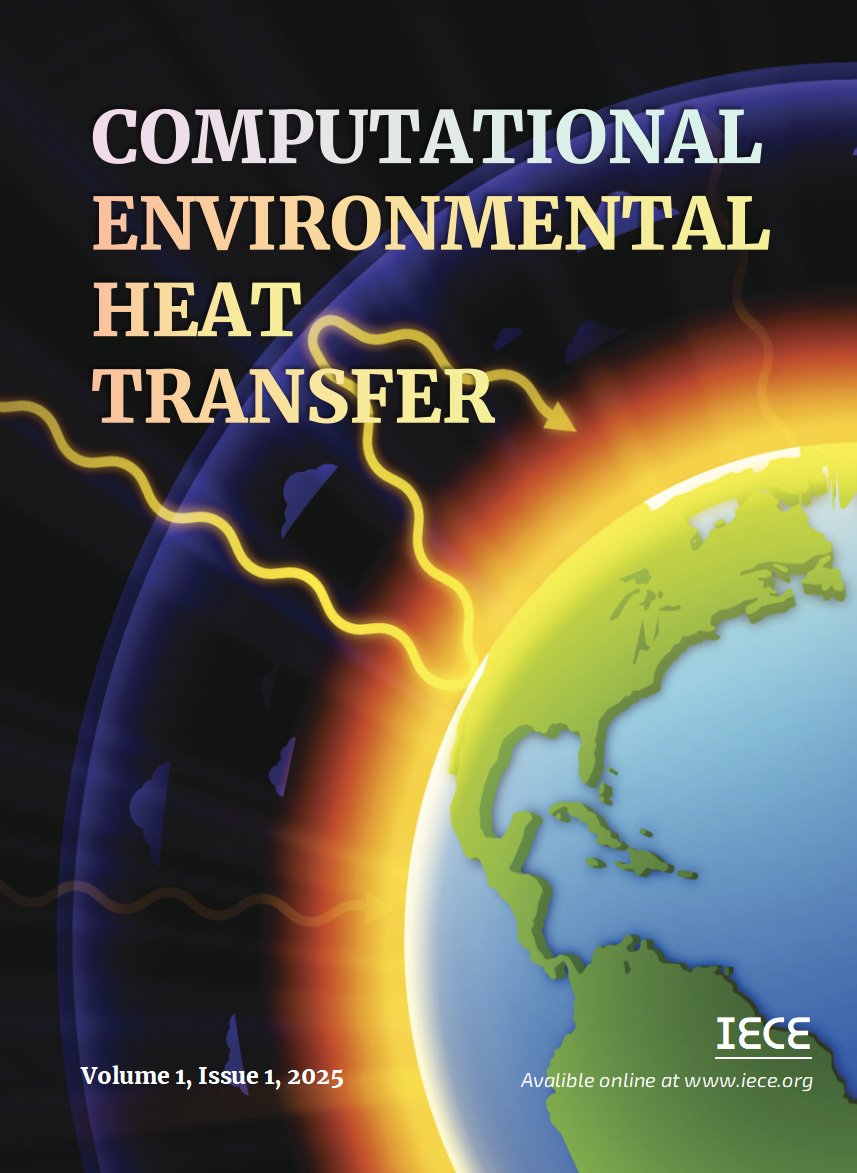Abstract
This mini review explores the thermophysical characteristics of heat and fluid flow, emphasizing their importance in understanding environmental consequences and implications. By examining the fundamental interaction between thermal energy and fluid mechanics, this study aims to clarify how these characteristics affect ecological systems, energy efficiency, and climate change. The analysis combines theoretical frameworks with empirical data to assess heat transfer processes, fluid viscosity, and thermal conductivity in various natural and engineered settings. The results highlight the vital role of these properties in influencing environmental phenomena such as weather systems, pollutant distribution, and energy resources management. This work reinforces the need for interdisciplinary strategies to tackle climate-related issues and to enhance industrial practices that reduce negative environmental impacts. Ultimately, the insights derived from this research can guide policy making and foster sustainable approaches in energy generation and environmental stewardship. Furthermore, the study aims to contribute to the development of strategies that enhance resilience to climate variability while promoting efficiency in energy use and minimizing environmental degradation. Moreover, a mathematical model is formulated to investigate the thermophysical properties of heat and fluid flow in the atmosphere.
Data Availability Statement
Data will be made available on request.
Funding
This work was supported without any funding.
Conflicts of Interest
The author declare no conflicts of interest.
Ethical Approval and Consent to Participate
Not applicable.
Cite This Article
APA Style
Ashraf, M. (2025). Mini Review on Thermophysical Properties of Heat and Fluid Flow: Assessing Environmental Impacts and Implications. Computational Environmental Heat Transfer, 1(1), 1–5. https://doi.org/10.62762/CEHT.2025.647123
Publisher's Note
IECE stays neutral with regard to jurisdictional claims in published maps and institutional affiliations.
Rights and permissions

Copyright © 2025 by the Author(s). Published by Institute of Emerging and Computer Engineers. This article is an open access article distributed under the terms and conditions of the Creative Commons Attribution (CC BY) license (
https://creativecommons.org/licenses/by/4.0/), which permits use, sharing, adaptation, distribution and reproduction in any medium or format, as long as you give appropriate credit to the original author(s) and the source, provide a link to the Creative Commons licence, and indicate if changes were made.


 Submit Manuscript
Edit a Special Issue
Submit Manuscript
Edit a Special Issue

 Copyright © 2025 by the Author(s). Published by Institute of Emerging and Computer Engineers. This article is an open access article distributed under the terms and conditions of the Creative Commons Attribution (CC BY) license (https://creativecommons.org/licenses/by/4.0/), which permits use, sharing, adaptation, distribution and reproduction in any medium or format, as long as you give appropriate credit to the original author(s) and the source, provide a link to the Creative Commons licence, and indicate if changes were made.
Copyright © 2025 by the Author(s). Published by Institute of Emerging and Computer Engineers. This article is an open access article distributed under the terms and conditions of the Creative Commons Attribution (CC BY) license (https://creativecommons.org/licenses/by/4.0/), which permits use, sharing, adaptation, distribution and reproduction in any medium or format, as long as you give appropriate credit to the original author(s) and the source, provide a link to the Creative Commons licence, and indicate if changes were made. 